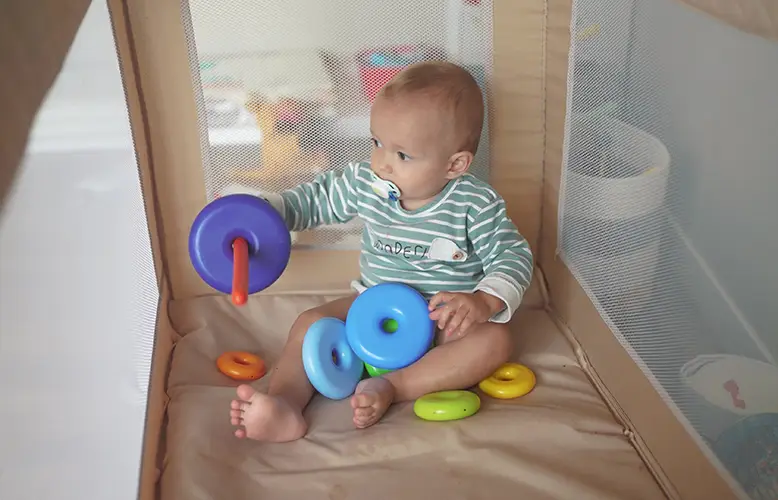Running a household is no small feat. Juggling your work and home life can be challenging, even at the best of times. When it comes to building healthy financial habits, it starts with budgeting. Canadians deserve to be equipped with the tools and resources they need to balance their household budget with ease.
No matter how large or small your family is or how many responsibilities you’re managing, it’s never too late to make better spending and saving decisions.
This is our simple guide to effective household budgeting.
Let Technology Help You Budget
When it comes to budgeting tools that you can consistently use, technology can play an important part in your accountability. Since we’re continuously on our mobile devices, why not incorporate our finances? If you were previously relying on easy online loans in Canada for fast, convenient alternative loans, it might be helpful to learn how budget apps can help.
A budget app is designed to help you manage your money no matter where you are. There are various budget apps available, depending on your lifestyle and current financial needs. With general apps, you can track your spending, and with more specific apps, there are often options to pay bills directly, track upcoming bills, and forecast future financial planning.
These apps can help you transition from the convenience of an alternative online lender to a tool that you can use on your own, so you can actively avoid debt.
Identify Your Financial Goals
Once you understand where your current financial status lies and you can conveniently manage your spending with virtual tools, it’s important to focus your attention on identifying your short-term and long-term goals.
Short-term goals often fall under the categories of debt payments, saving a set amount of money per month and putting aside enough money for a family vacation. Long-term goals are often related to retirement, major purchases such as a down payment on a new home, or post-secondary education.
With this information, you can use the budget tools you’ve selected to create a plan of action.
Prioritize Expenses
When it comes to expenses, there are two main categories to address: fixed and variable. Fixed expenses are an integral part of your budget and include items such as rent, debt payments, and utilities. Variable expenses allow for more flexibility and savings — if you’re often eating out at restaurants, cooking at home is a simple way of cutting those costs. Rather than purchasing brand new clothing, shopping secondhand can help you save money, which can be put towards your fixed expenses or into a savings account.
Have an Emergency Fund
While we never want to think about a medical emergency or damage to the home, there can be unexpected expenses thrown your way. These turn of events can significantly hinder your finances if you’re unprepared.
An emergency fund provides a cushion for households to use if an emergency occurs that requires a financial remedy. This should be an integral part of your budget. If you end up using these funds, you’ve saved yourself from relying on a line of credit or credit cards, which procure higher interest rates and can become a slippery slope to debt. Having approximately three to six months of expenses is the ideal rule of thumb, but in reality, every dollar you set aside counts.




































